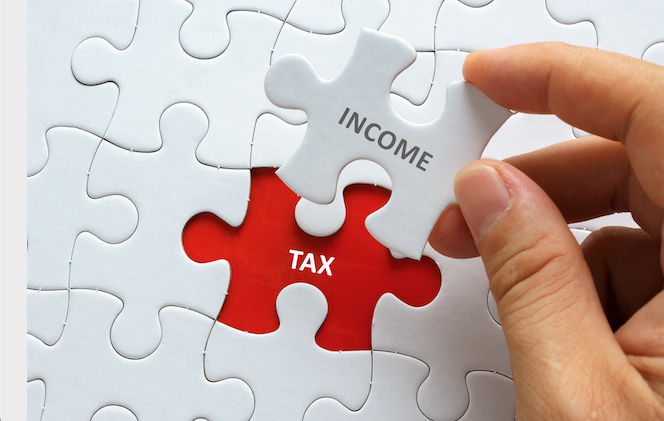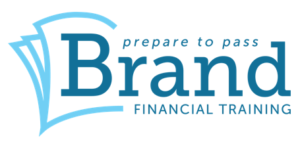In this Training, Development and Qualifications article, the Brand Financial Training team look at how the personal allowance, the personal savings allowance, the dividend allowance, and the starting rate of 0% on savings are applied in the current tax year.
The various allowances for income tax can be tested in the following CII exams:
- CF1 UK Financial Services Regulation and Ethics
- R03 Personal Taxation
- R06 Financial Planning Practice
- AF1 Personal Tax and Trust Planning
- AF5 Financial Planning Process
Personal Allowance
Every qualifying person has a personal allowance of £12,500. This is reduced by £1 for every £2 where income is over £100,000; this means that when someone has income over £125,000, they receive no personal allowance.
10% of the personal allowance can be transferred between spouses where one has little or no income and the other does not pay tax higher than basic rate. The saving is £250 (£1,250 x 20%) and is given as a deduction in the liability of the receiving spouse.
Personal Savings Allowance and Dividend Allowance
The personal savings allowance (PSA) is £1,000 for basic rate taxpayers and £500 for higher rate taxpayers and is available to set against savings income. Additional rate taxpayers do not receive a PSA. All taxpayers receive a £2,000 dividend allowance. Both the PSA and the dividend allowance count towards the basic rate and higher rate thresholds.
Starting rate of 0%
A starting rate of 0% applies to the first £5,000 of savings income, but this rate only applies where savings income falls within the first £5,000 of taxable income. Remember that taxable income means after the personal allowance has been accounted for.
Income tax is charged first on non-savings taxable income, then on taxable savings income and lastly on taxable dividend income. Therefore, if non-savings taxable income (salary/pension) is more than £5,000 the starting rate of 0% for savings does not apply.
Let’s apply this to a question:
Brendan has a salary of £12,000 and receives savings interest of £2,000.
Brendan’s salary is within his personal allowance and his savings income is within the £5,000 starting rate so he pays no income tax.
Let’s now give Brendan a salary of £15,500, savings income of £7,000 and dividends of £1,000.
- His salary of £15,500 is covered partly by his personal allowance of £12,500.
- The £3,000 remaining of his salary is taxed at 20% = £600
- This £3,000 is ‘taxable income’ and so reduces the starting rate for savings by £3,000
- £5,000 – £3,000 = £2,000 of his savings income is taxed at 0%
- He has a personal savings allowance of £1,000 taxed at 0%
- This leaves £7,000 – £2,000 – £1,000 = £4,000 taxed at 20% = £800
- His dividends are tax free as covered by the dividend allowance
- Brendan’s total income tax bill is £600 + £800 = £1,400
When answering exam questions on low earners, you should remember that there are tax free allowances of up to £20,500 available across the various types of income. This is made up of the:
- £12,500 personal allowance
- £5,000 starting rate for savings
- £1,000 personal savings allowance
- £2,000 dividend allowance
In addition if the personal allowance is not fully used against ‘earned income’, as might be the case if someone is on a low pension income, this can be set against other types of income if this gives a better outcome for the taxpayer.
For example, if someone has pension income of £7,000 but receives savings interest of £6,000 and dividend income of £9,000 there will be £5,500 of unused personal allowance which is not used against the pension. This can be used against the dividend income (the savings interest will be fully covered by the starting rate and the PSA). The unused personal allowance and the dividend allowance is combined to give a total of £7,500 meaning only £1,500 of dividends is taxed at 7.5% giving an income tax bill of £112.50 on an overall income of £22,000; an effective rate of 0.51%!
In this example savings income is covered by the other allowances available rather than the rest of the personal allowance. If this had not been done £7,000 of dividends would have been taxed at 7.5% giving a tax bill of £525 – pushing up the effective rate of income tax to 2.39%!


































